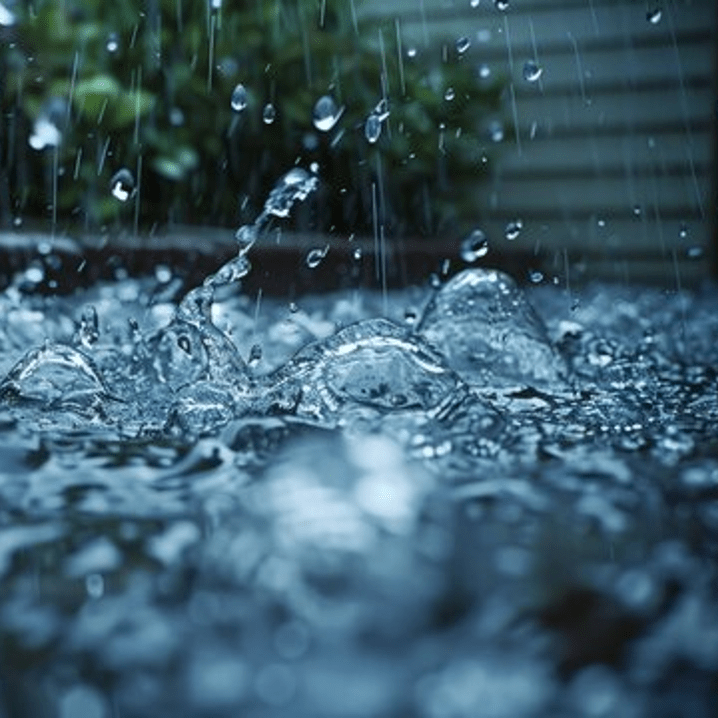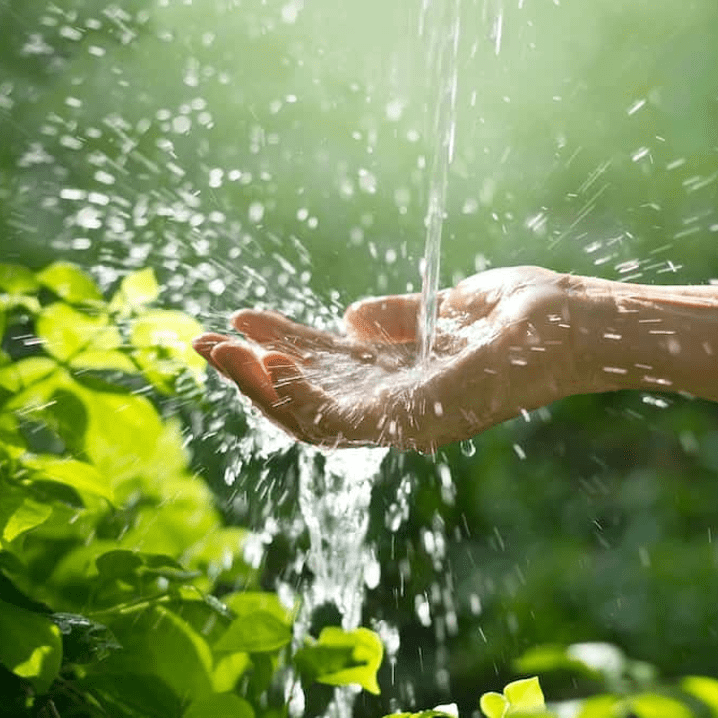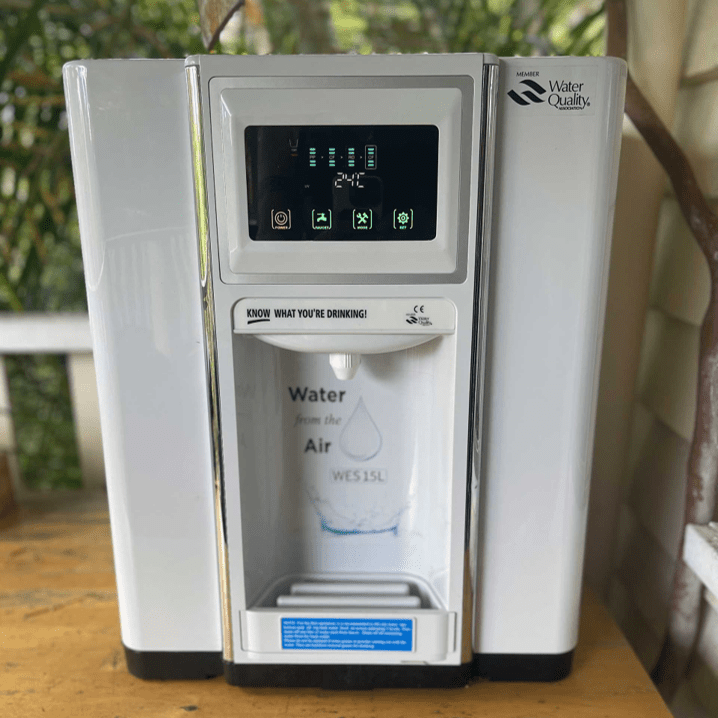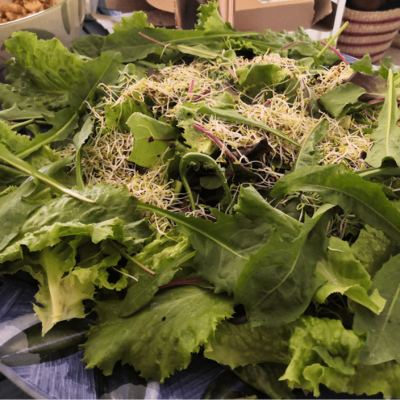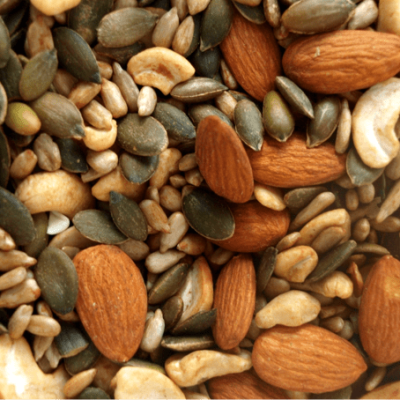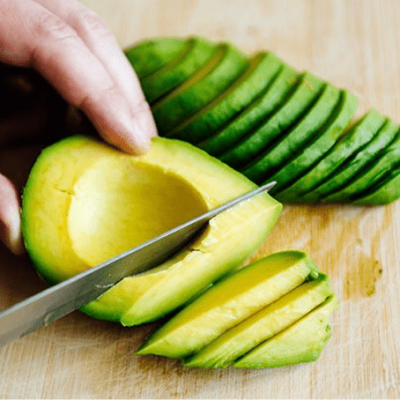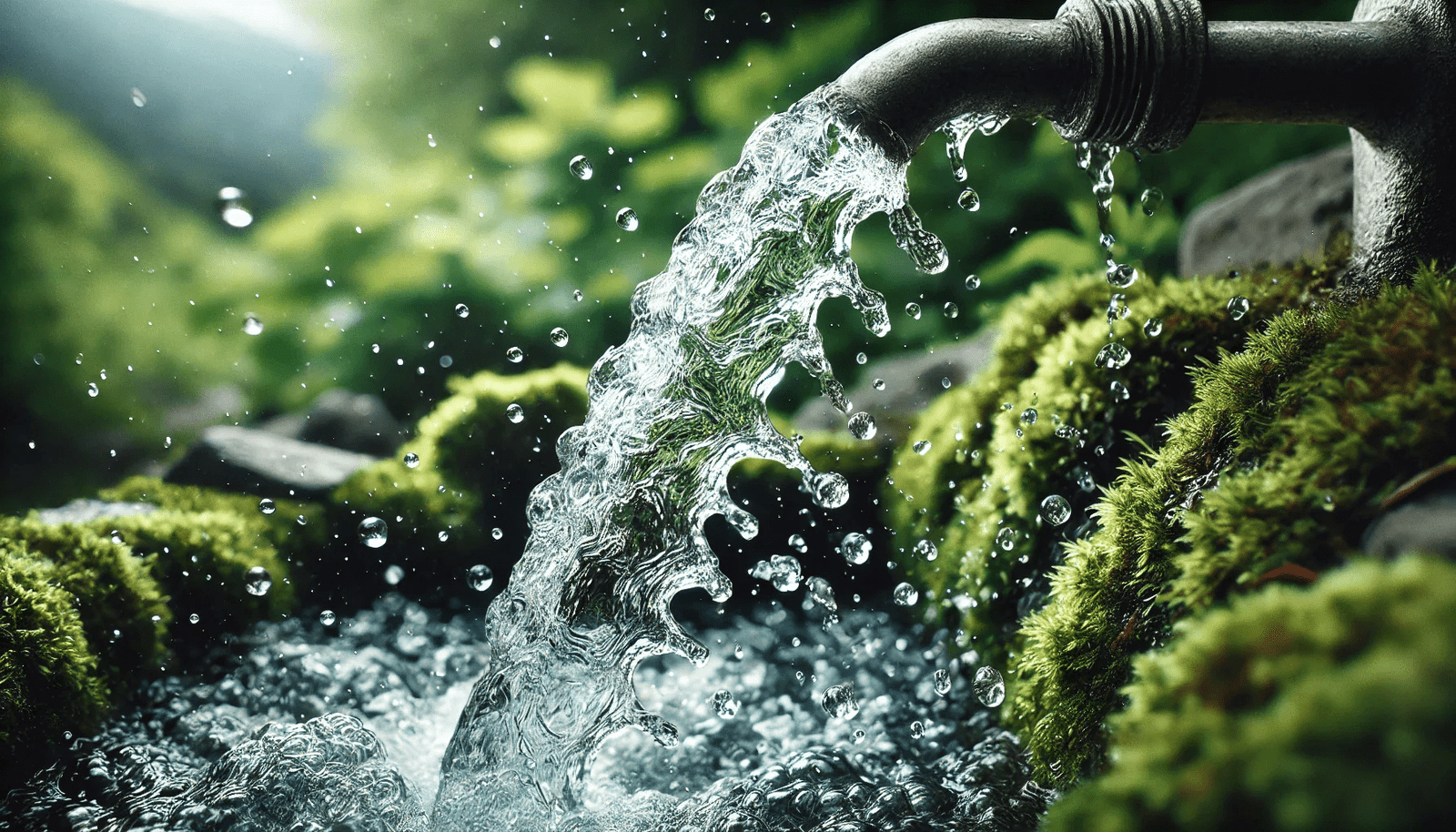
Harvesting Spring Water
*Harnessing A Vital Resource for Health & Eco-Social Sustainable Living
Celebrated for its natural purity and rich mineral content, Spring Water offers a sustainable and healthy alternative to conventional water sources. For mobile communal union eco-social accommodation villages, harvesting spring water where possible, is a practical, cost-effective, and environmentally responsible choice. By integrating advanced technologies and proven practices, we can ensure this precious resource is both safe and beneficial to use for drinking and also bathing as well as domestic and Right Livelihood enterprise cleaning and processing purposes.
Spring Water Health Benefits
Spring water originates from underground aquifers, where it undergoes natural filtration through layers of rock and soil. This process enriches the water with essential minerals like calcium, magnesium, and potassium, which support bone health, cardiovascular function, and electrolyte balance. Furthermore, spring water is often alkaline, which can help neutralize acidity in the body, contributing to our overall health and longevity.
Unlike municipal water sources, which may contain added chemicals such as chlorine or fluoride, high-quality spring water is free from artificial additives. This purity enhances its appeal for those adhering to an Evolved Diet and Lifestyle that involves consuming Pure Living Water that is a cleaner, more natural form of essential hydration. Additionally, drinking spring water can reduce reliance on plastic-bottled alternatives, further aligning with sustainable living principles & practices associated with the adoption of Evolved Living Nutrition.
Ensuring Spring Water Safety
While spring water is naturally filtered, it is crucial to verify it is safe to drink before consuming. Here are steps to ensure that harvested spring water meets health standards:
- Testing Water Quality: Regularly test for contaminants such as bacteria, nitrates, and heavy metals. Portable water testing kits or laboratory analysis can confirm the water’s safety.
- Sanitary Collection: Use clean, food-grade containers and avoid direct contact with the water source to prevent contamination.
- Filtration Systems: Employ portable filtration systems to remove any residual impurities. Activated carbon filters, ceramic filters, and UV purifiers are excellent options.
- Boiling: As a precaution, boiling water for at least one minute can eliminate harmful microorganisms, particularly in uncertain conditions.
Environmental Benefits of Harvesting Spring Water
Harvesting Living Water from Spring aligns with sustainable living principles by reducing dependency on municipal water systems and plastic water bottles. For mobile eco-social villages, tapping into available spring water minimizes the carbon footprint associated with transporting water. Additionally, utilizing a renewable natural resource supports ecological balance by preserving aquifers and reducing reliance on industrial water supplies.
Cost Benefits for Communitarian Unions
The economic advantages of spring water are significant. By sourcing water directly from springs, communal unions can save on utility bills and avoid the recurring costs of bottled water. Initial investments in harvesting and purification systems are offset by long-term savings and the added value of capacity to be mobile to access land and sea restoration contracts through the ability to harvest water in remote areas.
Technologies for Sourcing & Purifying Spring Water
Several technologies and tools aid effective spring water harvesting and purification:
Spring Water Catchment Systems: These include pipes, reservoirs, and collection basins designed to capture and store spring water without disrupting its natural flow.
Portable Water Purifiers: Compact systems equipped with filters and UV sterilization are ideal for mobile setups.
Water Testing Kits: Affordable and user-friendly kits ensure ongoing monitoring of water quality.
Gravity-Fed Filtration Systems: These systems operate without electricity, making them suitable for off-grid living.
Solar-Powered Pumps: Eco-friendly and efficient, these pumps enable water transport from remote springs to communal living areas.
Mobile Communitarian Eco-Social Village Water Harvesting Capabilities
Spring water harvesting is especially pertinent to the nomadic and resource-conscious nature of mobile communitarian unions. By integrating water sourcing into our shared missions, those who contribute to collaborative living and Right Livelihood provisioning and enterprise projects:
- Enhance Resilience: Dependence on local springs reduces vulnerability to external disruptions in municipal water supplies.
- Foster Sustainability: Align with principles of environmental stewardship by using renewable resources responsibly.
- Promote Health and Unity: Provide associates with high-quality water, reinforcing the shared commitment to collective well-being.
By prioritizing spring water in our communal practices, we strengthen our commitment to shared health, environmental stewardship, and cost-efficient living. Together, we tap into one of nature’s most valuable resources, ensuring a thriving future for our eco-social accommodations and communal unions.
Harvesting Spring Water Methods & Processes
Harvesting spring water can be a valuable way to access fresh, natural water. Here’s a step-by-step guide to help you set up a spring water harvesting system:
- Locate a Spring
– Find a Reliable Source: Identify a natural spring with clean, flowing water. Look for signs like a consistent flow, clear water, and no visible contamination.
– Legal and Environmental Considerations: Check local regulations and environmental guidelines to ensure you have the right to collect spring water and that it won’t negatively impact the local ecosystem.
- Evaluate Water Quality
– Testing: Have the water tested for contaminants such as bacteria, chemicals, and minerals. This is crucial for ensuring the water is safe for drinking or other uses.
– Continuous Monitoring: Even if the water tests clean initially, consider regular testing to monitor for any changes in water quality over time.
- Set Up Collection Infrastructure
– Spring Box or Collection System: Construct or install a spring box or collection system at the spring source. This typically involves creating a covered structure that channels the spring water into a collection area. The box should be designed to filter out debris and prevent contamination.
– Materials: Use non-toxic, durable materials such as concrete or high-quality plastic.
– Design: Ensure the spring box is properly graded to capture all the water and has an outlet for water to flow out.
- Create a Distribution System
– Pipes and Tubing: Install pipes or tubing to direct the water from the spring box to your storage tank or point of use. Use food-grade or UV-resistant materials for safety and durability.
– Gravity vs. Pump: If the spring is higher than your storage tank, you may be able to use gravity to move the water. If not, you’ll need a pump to lift the water.
- Storage and Filtration
– Storage Tank: Choose a storage tank made of safe, non-reactive materials. Ensure it is covered to prevent contamination from animals, debris, or algae.
– Filtration System: Depending on the water quality, you might need additional filtration or treatment. This could include sediment filters, UV purifiers, or activated carbon filters.
- Maintenance
– Regular Cleaning: Clean the spring box, pipes, and storage tank regularly to prevent the buildup of contaminants.
– Inspect for Leaks and Damage: Check the entire system periodically for any leaks or damage and repair as necessary.
– Monitor Water Quality: Continue to test the water regularly to ensure it remains safe and clean.
- Safety and Compliance
– Regulatory Compliance: Adhere to local health and safety regulations regarding water collection and usage.
– Environmental Impact: Ensure that your water collection does not adversely affect the natural spring or its surrounding environment.
By following these steps, communitarian unions can effectively harvest and utilize spring water, ensuring it remains a reliable and clean source for our collective needs.

